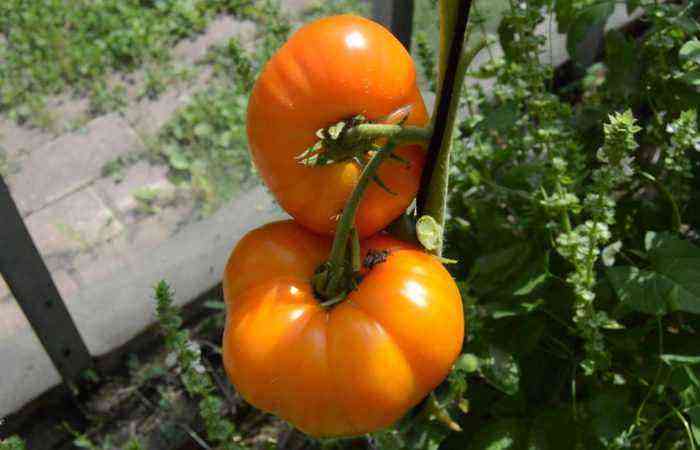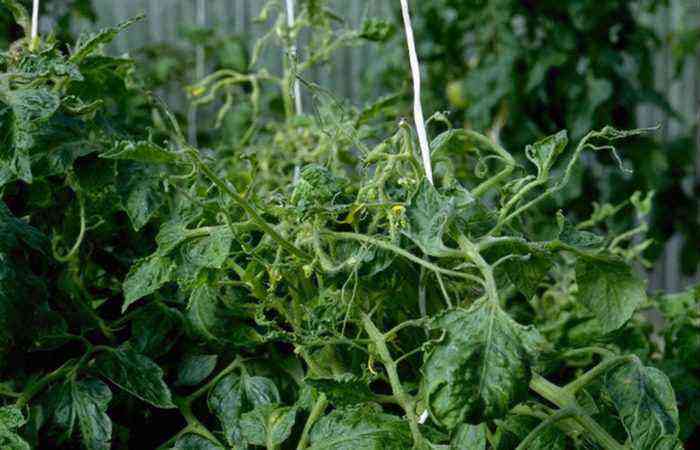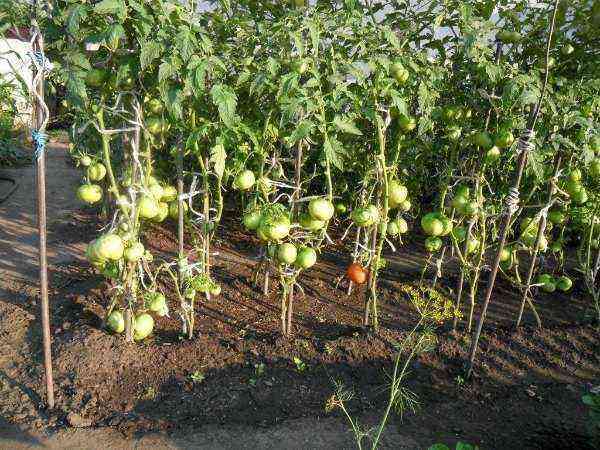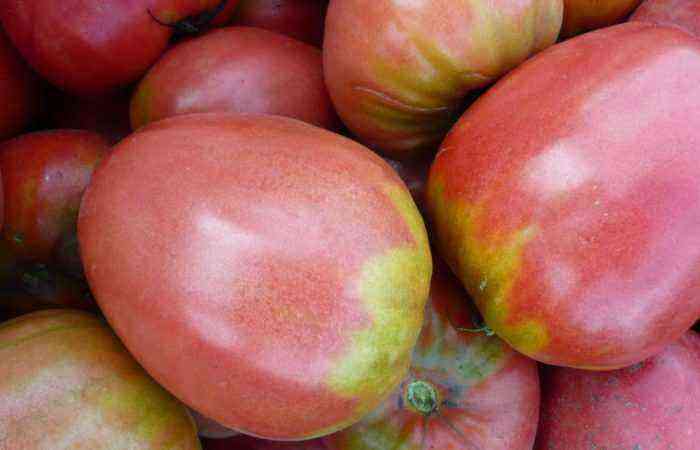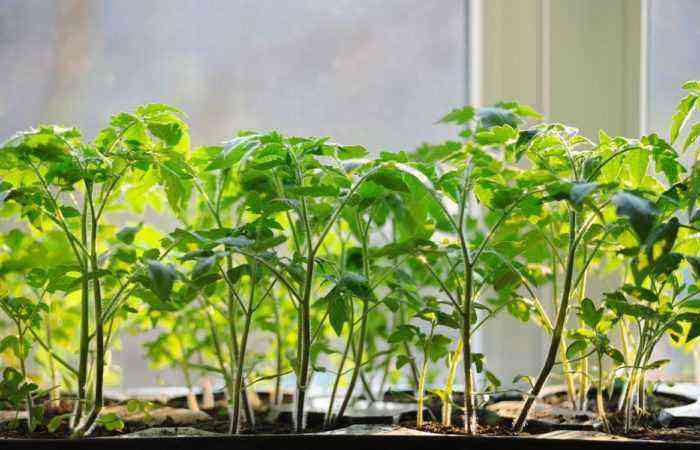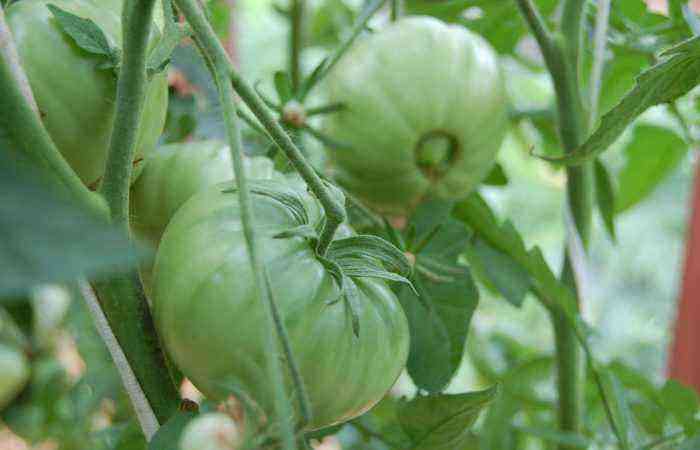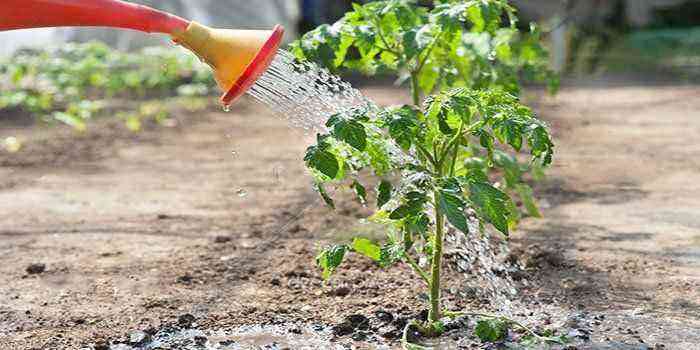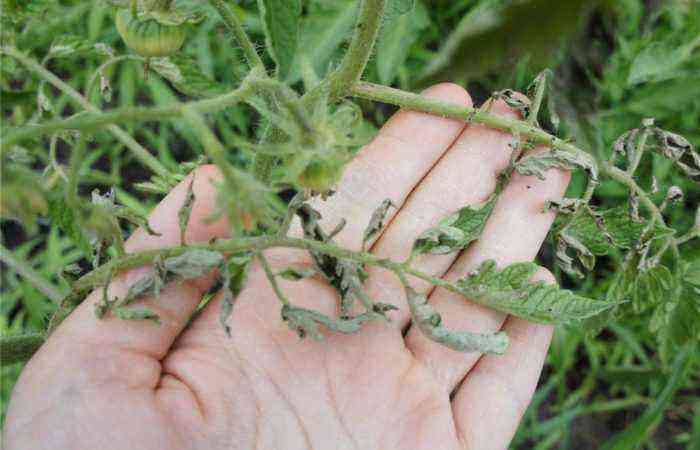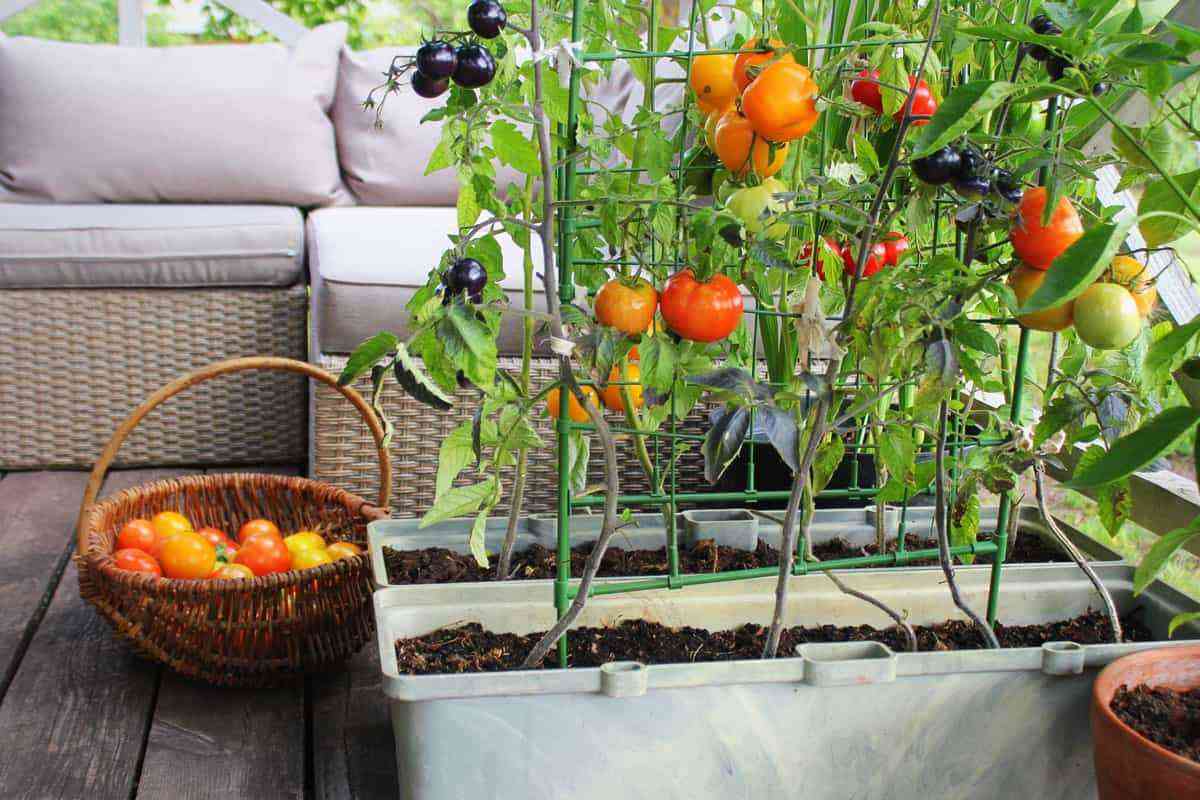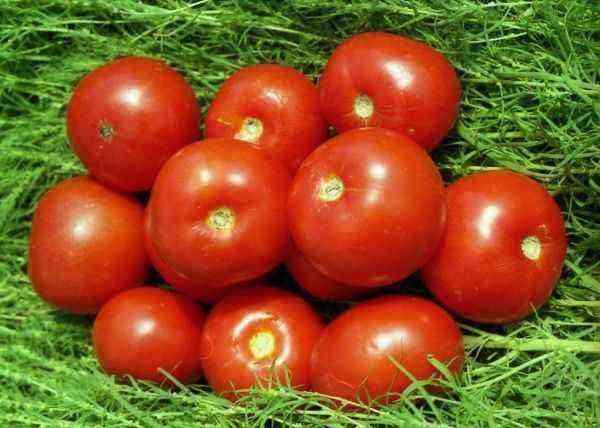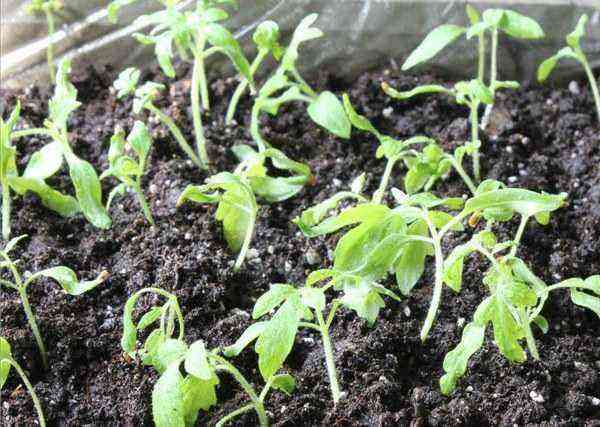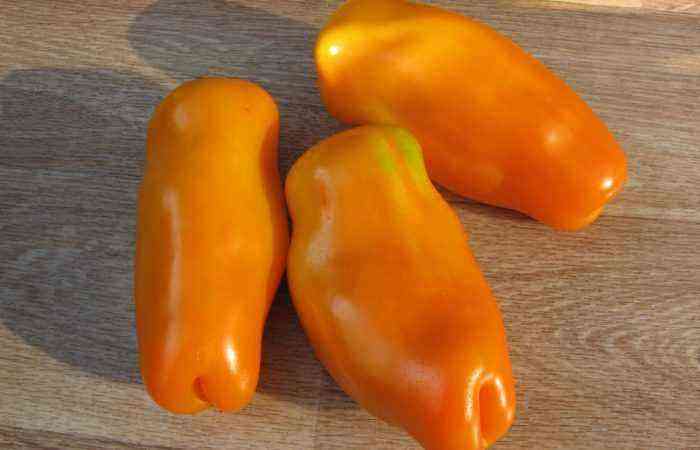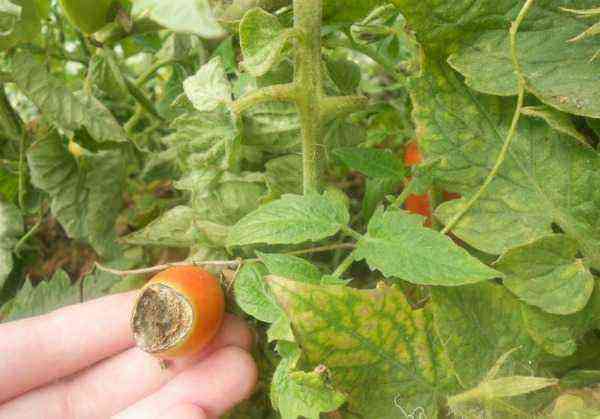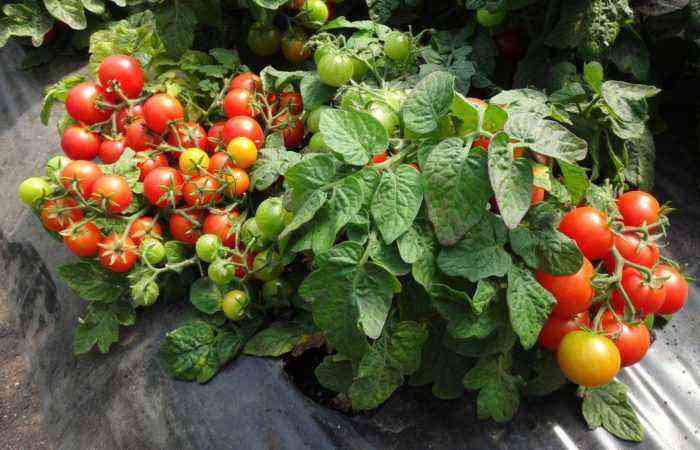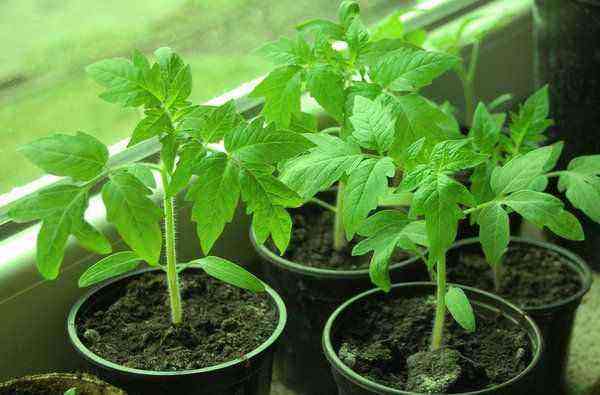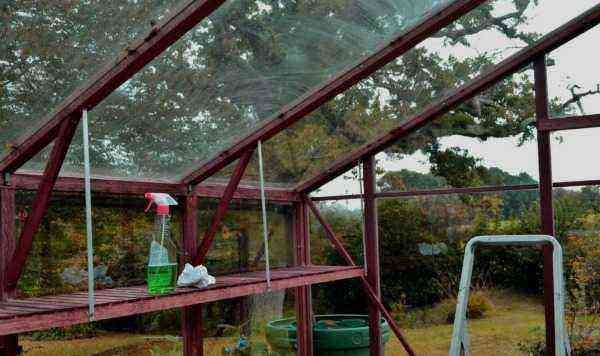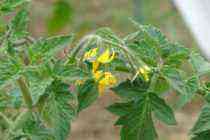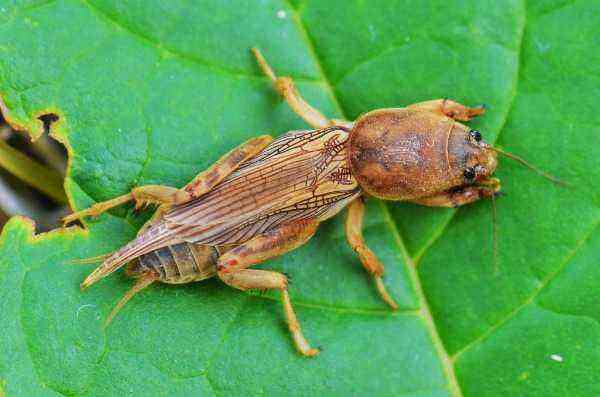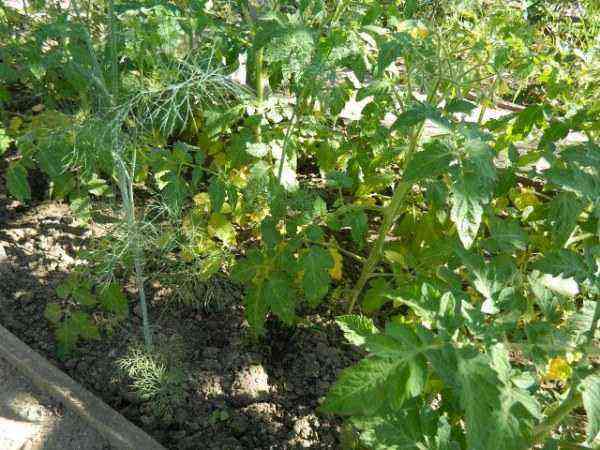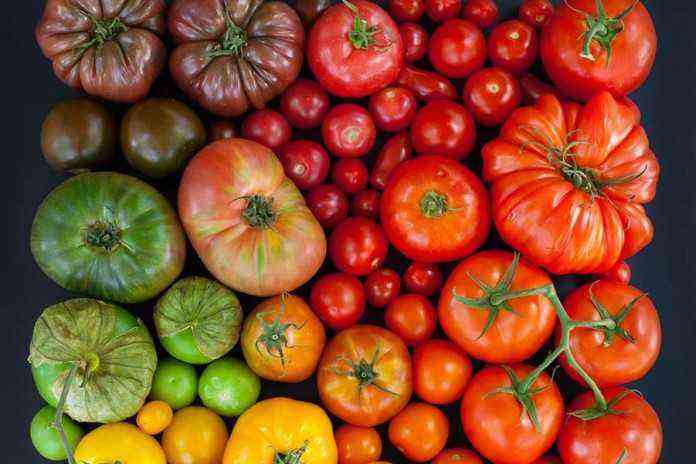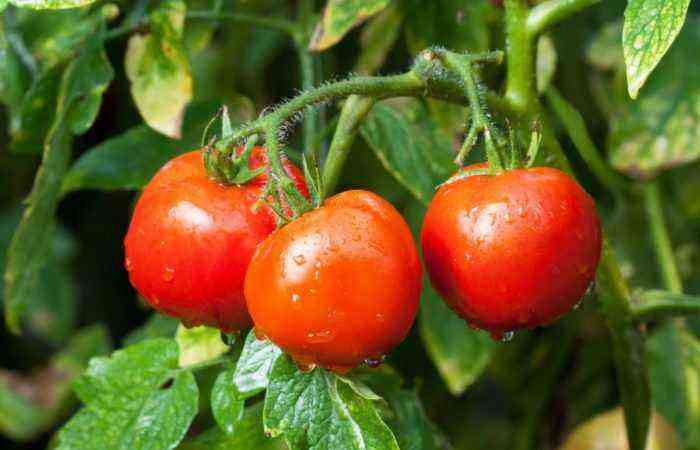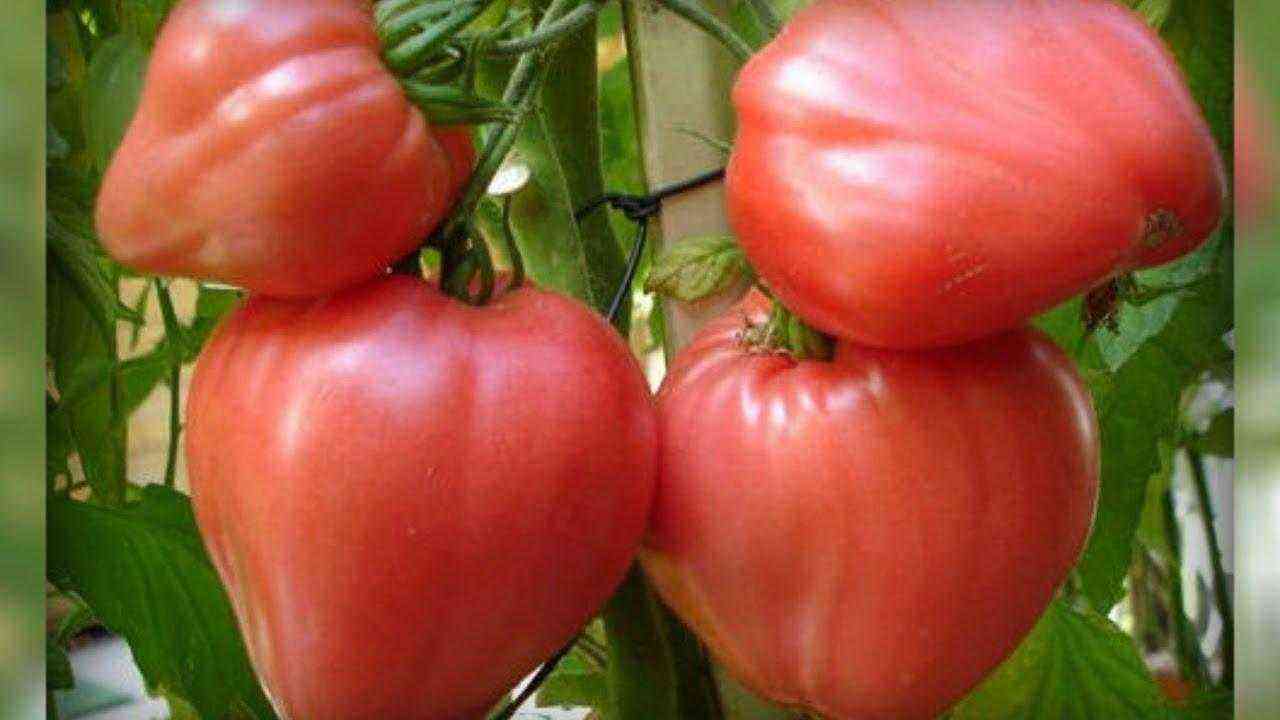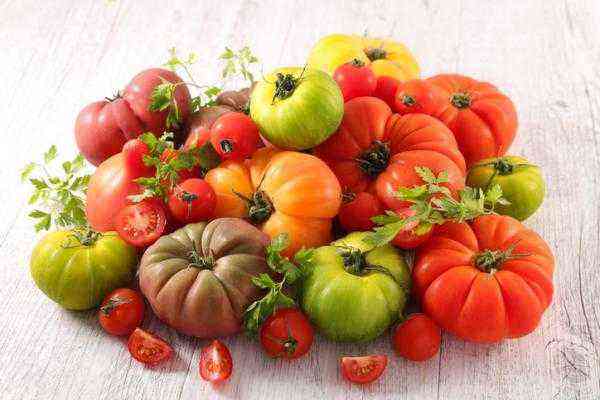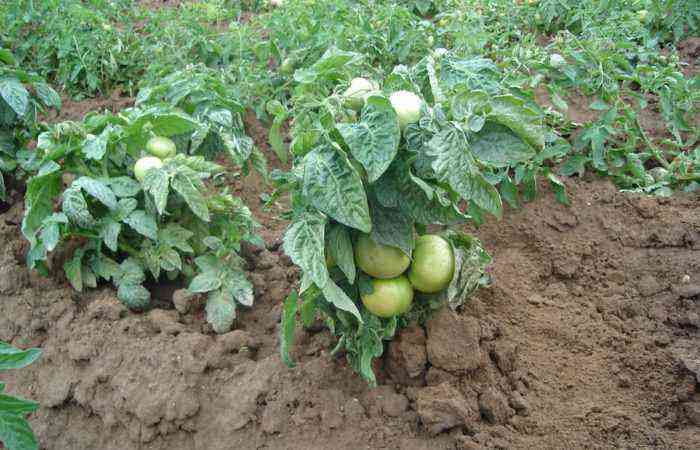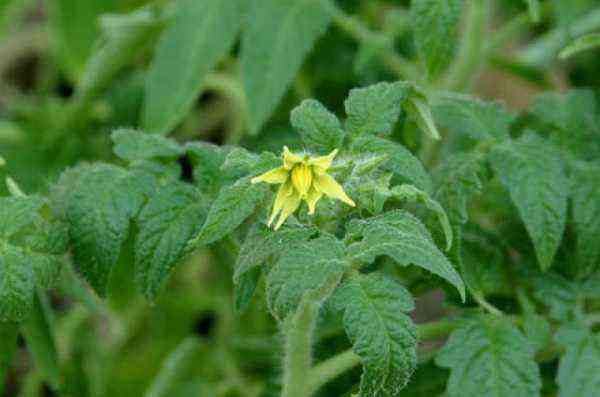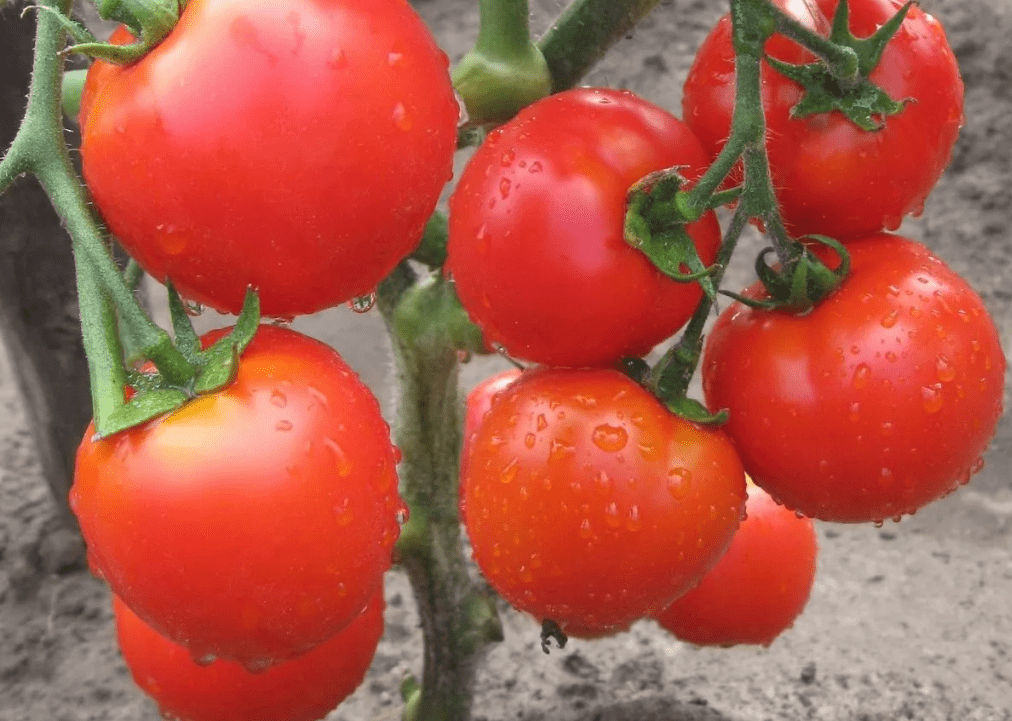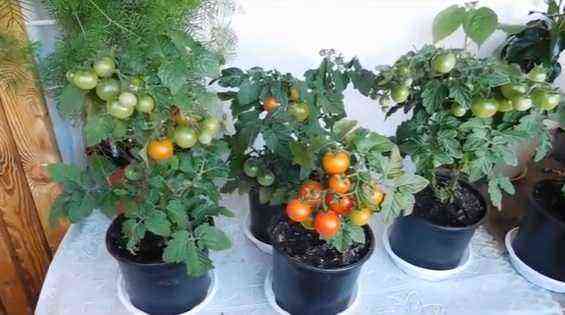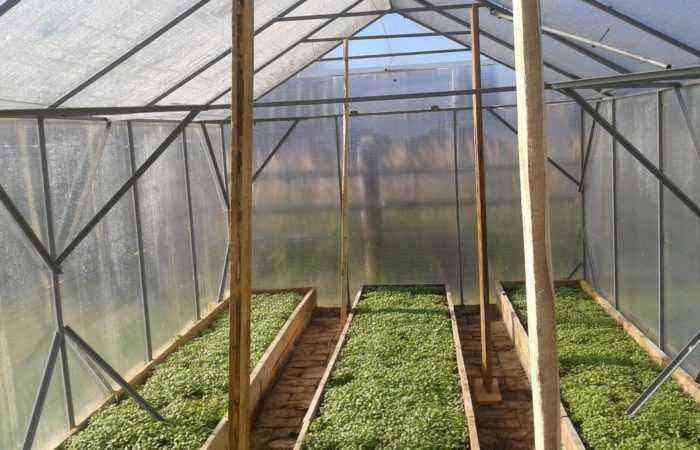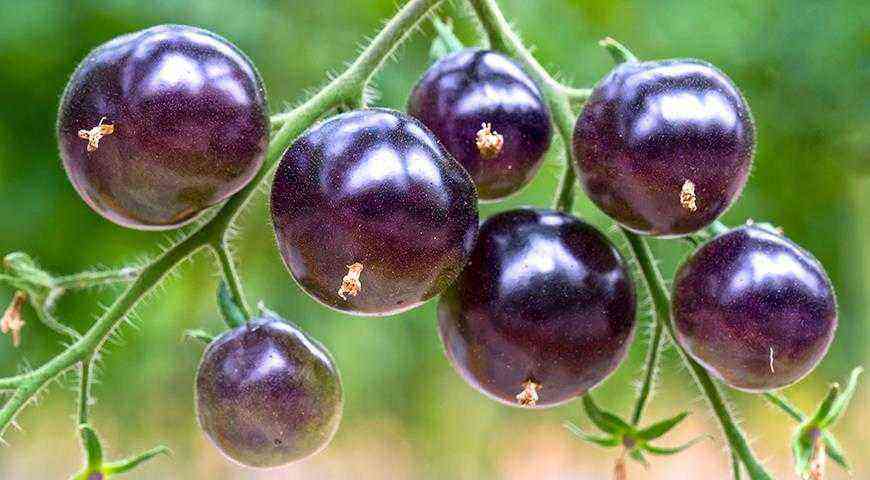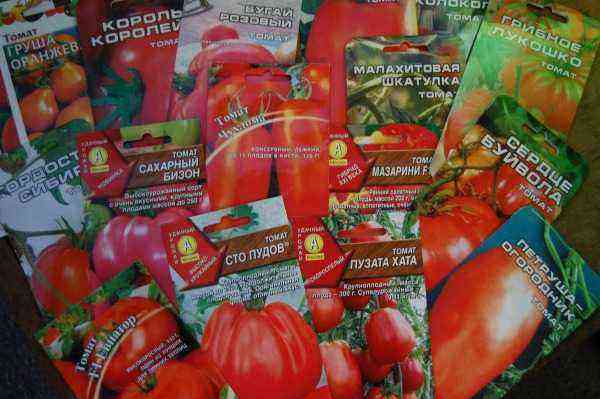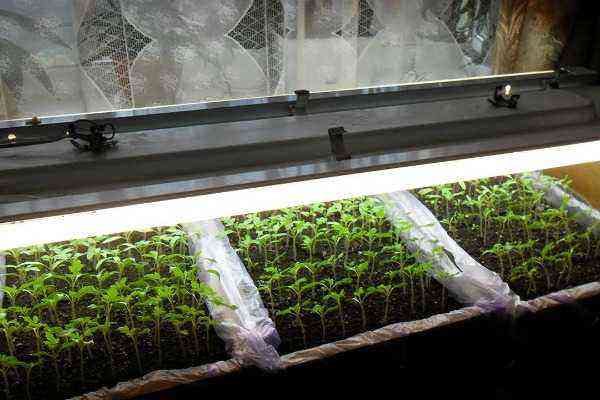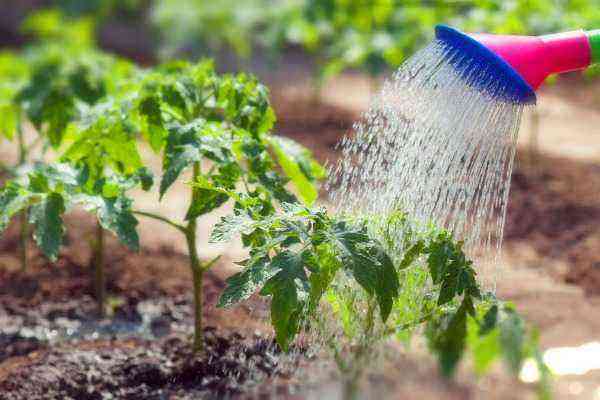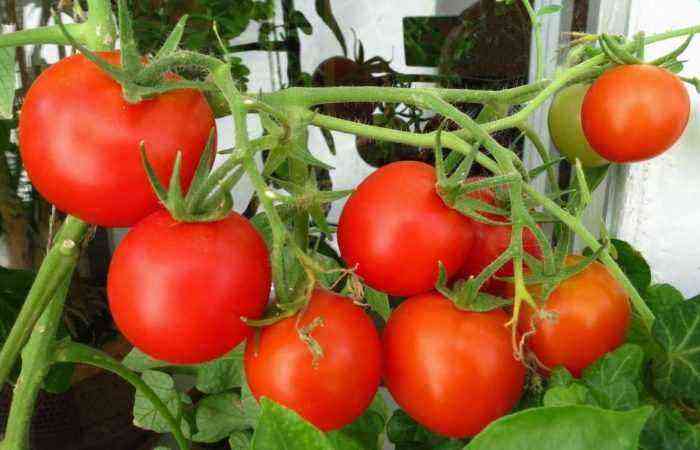The first mention of mixed landings came down to us with the discovery of America by Columbus. Native American tribes used this method to protect shade-loving plants by planting large-leaved crops nearby to provide shelter from the sun’s rays.
In Russia, the method was used for a long time only by individual amateur gardeners, so information about what to plant next to tomatoes is drawn mainly from Western literature and is very controversial.
There is an opinion that the tomato is a monoculture that does not tolerate neighbors, growing well only separately from other species. In fact, tomatoes get along well with garden crops in mixed plantings, it is important to choose the right accompanying plants.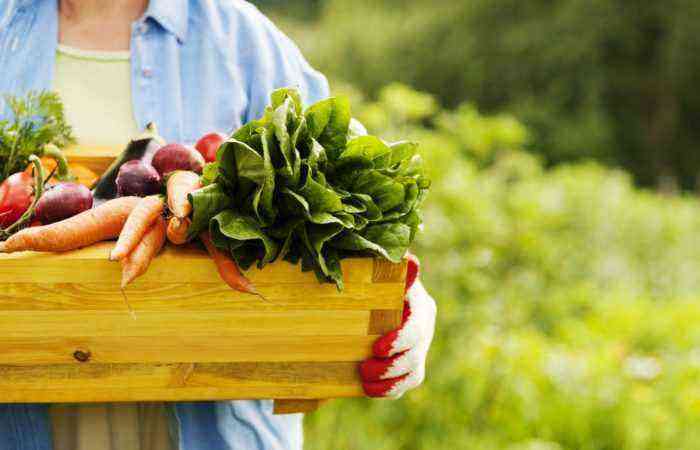
Benefits of mixed landings
In mixed plantings, each plant has its own important role. Tomato is the main crop. Accompanying plants or satellite plants are planted to it, the function of which is to provide a favorable environment for tomato growth. Growing tomatoes with neighbors has a number of advantages.
- the area allocated for planting is rationally used. This is especially important for greenhouses and small plots of gardening partnerships;
- compacted plantings give high yields up to 20 kg per 1 m 2 ;
- plants are less sick and damaged by pests;
- from one site you can get a crop of vegetables from early spring until the onset of cold weather;
- soils are less depleted, since different crops absorb various substances from the fertile layer;
- symbiosis (beneficial interaction) occurs. Plants help each other. Some species repel pests, others loosen the soil or improve its composition.
Why it is necessary to consider the interaction of cultures
There is a whole field of science (allelopathy) that studies the interaction of plants in phytocenoses with each other. The influence can be both direct and indirect.
With close proximity of crops, a direct influence occurs during the release of chemicals (enzymes, organic acids, phenolic compounds, vitamins, sugars) by roots and volatile compounds by leaves.
These substances can have both positive and negative effects on neighbors, oppressing them, so it is necessary to carefully select crops that will grow on the same bed.
In addition to chemical, there is a physical effect, when plants can shade neighbors or create a protective barrier from the wind.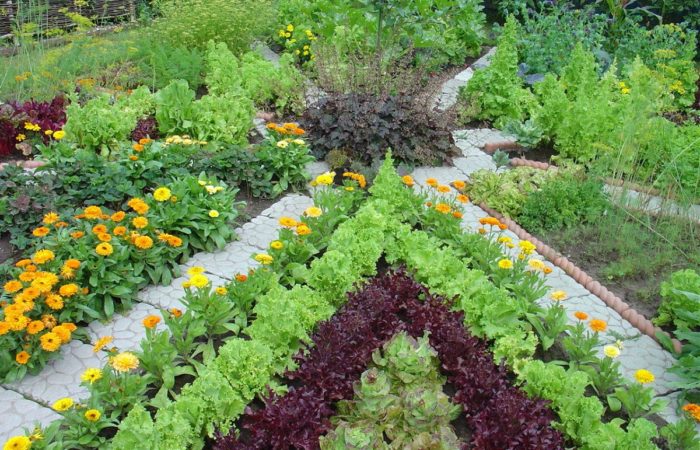
Indirect interaction occurs through the soil. Predecessor plants change the composition of the soil, enriching or impoverishing it, compacting or loosening, taking and introducing various elements into it. All this must be taken into account when planting tomatoes.
Basic rules for the neighborhood of plants
There are many subtle and elusive connections between plants that scientists will have to study for more than one year, but there are also general rules for the neighborhood of plants that enable all inhabitants of the garden to feel comfortable:
- plants with a shallow root system are planted together with crops that extract nutrition from deep layers of the soil in order to avoid competition for nutrients and water;
- crops must belong to different families, the absence of common diseases and pests increases the yield;
- it is important to choose plants that do not shade each other;
- in the garden there should be protective plants that repel harmful insects and crops that attract bees.
Bad neighbors for a tomato
Tomatoes are a capricious plant that can not get along with all cultures. Neighbors for them must be chosen very deliberately. Tomatoes will feel oppressed if planted next to the following plants:
- Dill competes with tomatoes for food and takes away trace elements from them.
- Fennel and kohlrabi secrete substances that depress tomatoes.
- Broccoli and cauliflower are overwhelming.
- Corn shade tomatoes and share a common pest, the cotton bollworm. Some gardeners plant this crop on the north side of the tomatoes so that it protects the plantings from the wind.
- All cultures of the nightshade family (peppers, potatoes, eggplants) are relatives of tomatoes, therefore they have a similar type of nutrition, absorbing the same substances from the soil, they also have common pests.
- Cucumbers are good predecessors of tomatoes, but they are cramped in one bed, they shade the tomatoes and take away their nutrition.
- Peas wrap around stems and leaves, interfering with their growth and development.
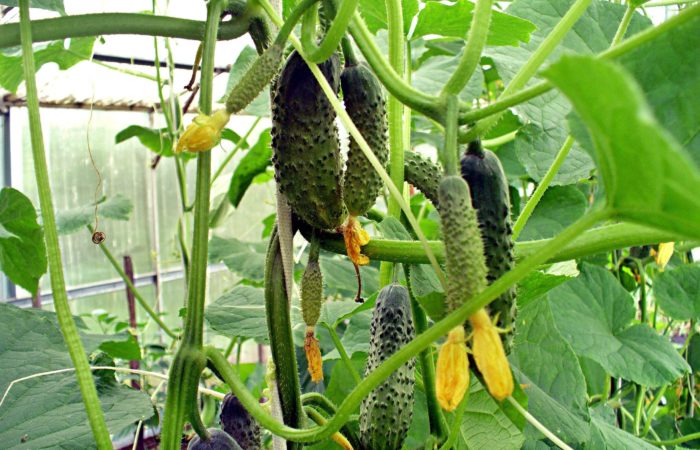
What can be planted next to tomatoes
There are many plants that, growing next to tomatoes, increase their yield, improve the quality and structure of the soil, and protect them from pests:
- Basil, growing nearby, gives tomato fruits a very pleasant aftertaste, accelerates the growth and ripening of fruits, and repels many pests. He is considered the best neighbor of tomatoes.
- Onions scare away earthen fleas.
- Garlic protects against spider mites and late blight.
- Beans and asparagus enrich the soil with nitrogen and release substances that destroy many pests.
- Carrots repel pests and improve soil composition.
- Radish next to tomatoes grows juicy and large, in turn, protecting it from diseases.
- Radish repels spider mites.
- Green manure (phacelia, alfalfa) planted between rows attract bees, improve soil structure and serve as green manure.
- Marigold, mint, sage and calendula protect against all parasites.
- Dioecious nettle prolongs the shelf life of fruits and repels pests.
- Parsley protects against aphids.
You can see clearly how tomatoes, cucumbers and peppers grow in the same greenhouse in the video.
Making the right choice
The right choice of neighbors in the garden is a real art. The plant community must be composed in such a way that it is an autonomous structure, where each culture will play its role, bringing a certain benefit.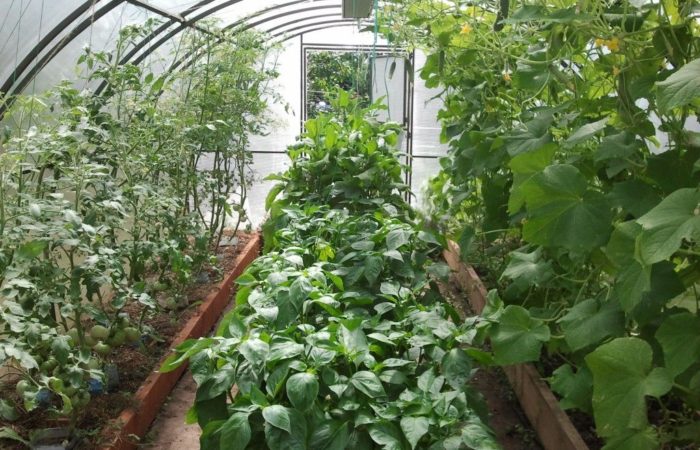
Some species enrich and loosen the soil, others repel pests, and others accelerate the ripening of the fruits of their neighbors.
The landing structure should look like this:
- the bed should be at least 1 m wide;
- tomato is the main crop and is planted in the center of the garden;
- satellite plants are planted on the sides of the allotted area. These should be low-growing plants with a fast ripening period in order to have time to collect them by the time the main crop (onions, radishes, parsley) ripens;
- as accompanying crops, it is best to use plants with a fibrous root system, which helps to retain moisture in the soil longer and species that repel pests (garlic).
Tomatoes interact well with spinach, chives, bush beans and endive. They are well planted around the perimeter of the beds.
There are a lot of examples of joint landings. One of the most famous combinations, created by the German gardener Hubmann, is tomatoes (1 row in the center of the bed) combined with beans (3 rows) and radishes (4 rows).
Features of the neighborhood in the greenhouse with pepper and cucumber
The peculiarity of greenhouses is that in a small area you have to grow a large number of plants, often incompatible with each other.
Tomatoes have to live next to peppers, eggplants and cucumbers.
Avoiding the negative influence of these cultures on each other is simple. Between “bad neighbors” you can plant small areas with compatible satellite plants. Greens are planted in the aisles: parsley, basil, lettuce.
The best neighbors of tomatoes in the open field
- The area under crops in open ground is usually large, but the beds are located close to each other, so the question arises: next to what crops will tomatoes feel comfortable.
- Carrots, beets, radishes, garlic, celery, radishes, basil, parsley and white cabbage are the best neighbors of tomatoes. They do not shade the bushes and have a positive or neutral effect on the tomatoes.
- Herbs with a pronounced aroma (melissa, basil, thyme), planted around the perimeter of the garden, improve the taste and shelf life of fruits, repel insect pests.
- Do not plant potatoes, fennel, dill and cucumbers nearby. Although the opinions of gardeners differ greatly about the last vegetable. Many vegetable growers successfully grow cucumbers in close proximity to tomatoes.
Conclusion
When choosing what to plant next to tomatoes, it is important to create a self-sustaining ecosystem in which all plants will help each other. This will significantly increase the yield of tomatoes, apply fertilizer less often, reduce the number of irrigations and grow plants in one place for several years in a row.
